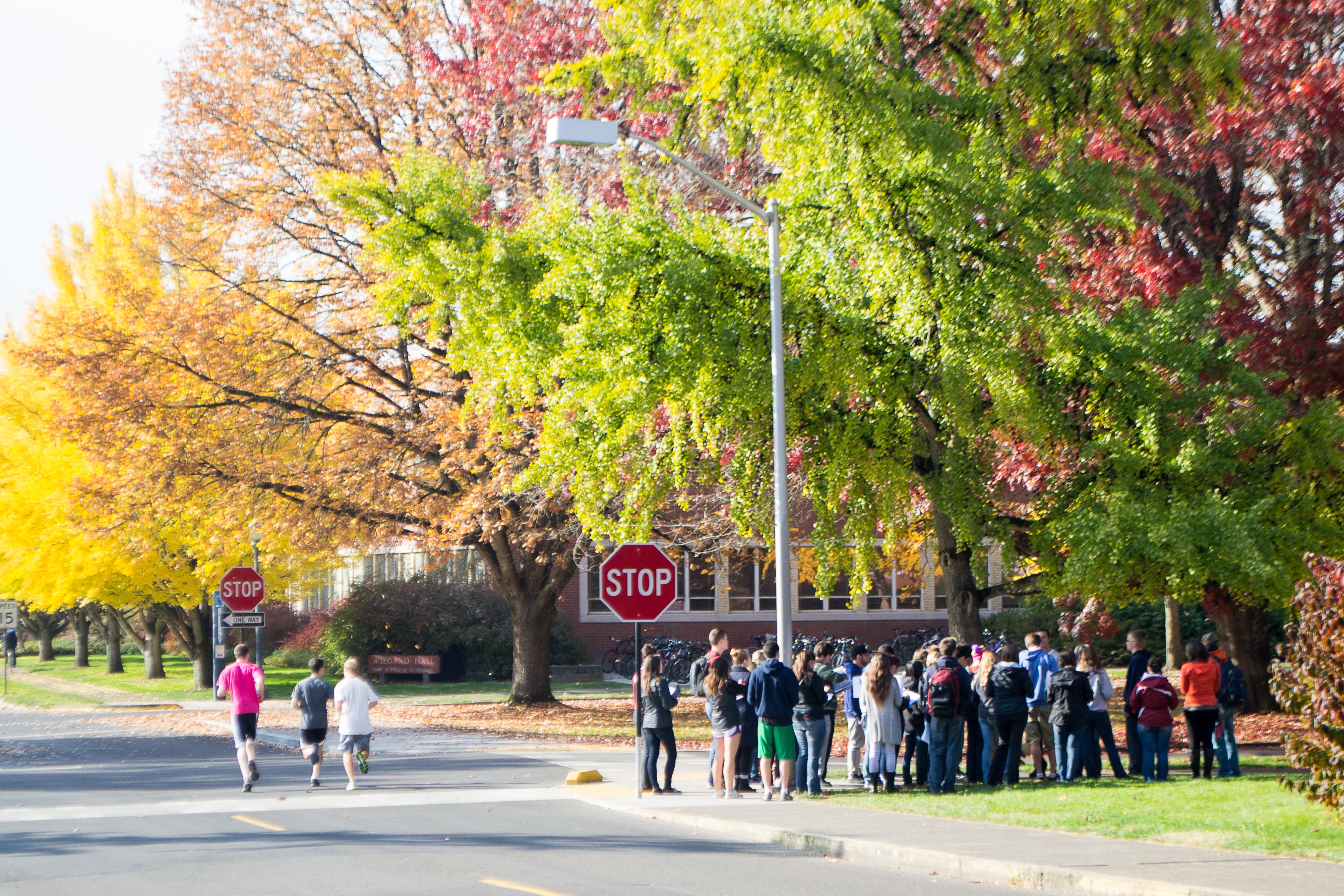by Nick Peterson
Deh Cho Canoe Expedition
Taylor Fredin and Nick Peterson are paddling 1,500 miles across the Mackenzie River watershed. The canoe trip will take them down the Slave River, around the South Shore of Great Slave Lake, and down Canada’s longest river: the Mackenzie. They will be exploring northern culture and environmental issues in and around the watershed.
 |
| Taylor and I buying bulk food at Costco |
Last week I learned what 70 days of food looks like for me. It's a lot. Males in the U.S. consume 2,475 calories per day on average (Center for Disease Control). That is 173,250 calories over a 70-day period. Paddling every day means I will need to consume a lot more, probably around 3500 calories a day. Those are just numbers. Packing 70 days of food was an opportunity to give those numbers meaning. Among other things, I plan to eat 16 pounds of nuts, 144 ounces of peanut butter, and 24 ounces of Nutella. That’s a lot of nuts!
 |
| Preparing to repackage food |
As followers of the Leave No Trace principles, we will carry out all the trash we bring. Food is sold packaged in cardboard, one-time-use plastic bags, foil, and plastic bottles.That is stuff that we do not want to carry. The zip lock bags reduce trash while keeping our food fresh and dry. Finally, we packed all our food into smell proof barrels. The barrels help deter Grizzly Bears and other animals that might want to dine with us.
 |
| Getting ready to pack 70 days of food into bear barrels |










